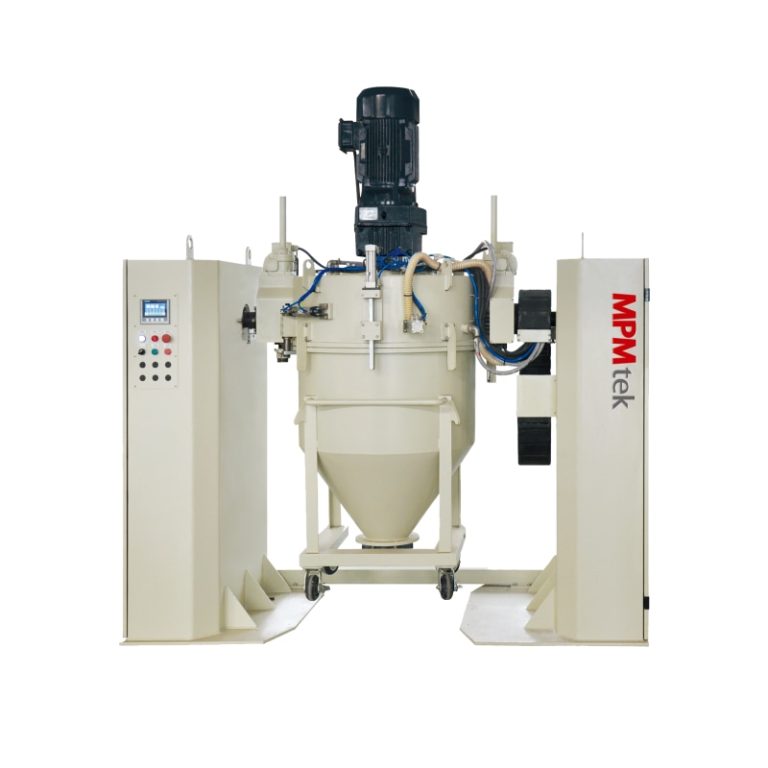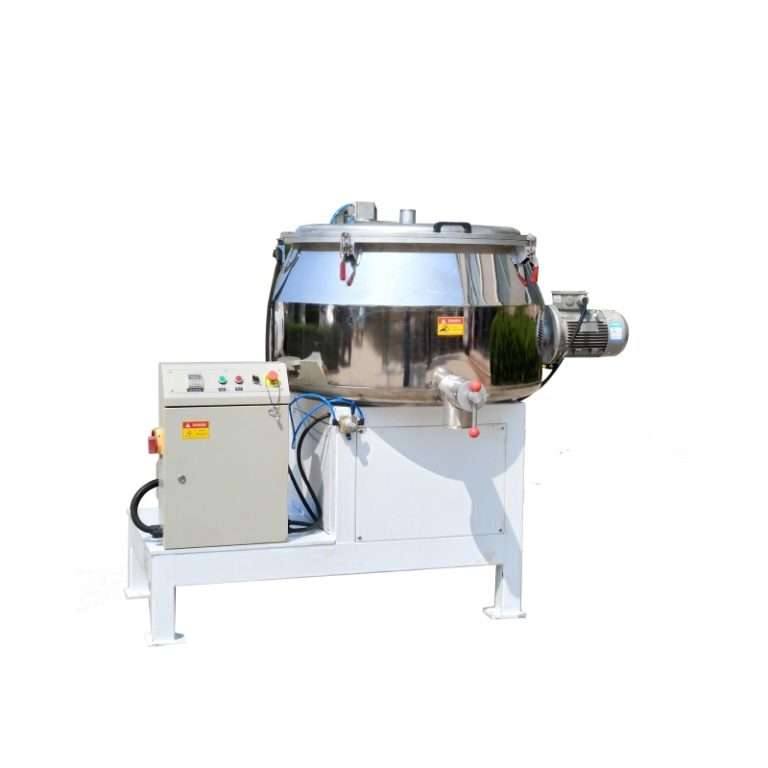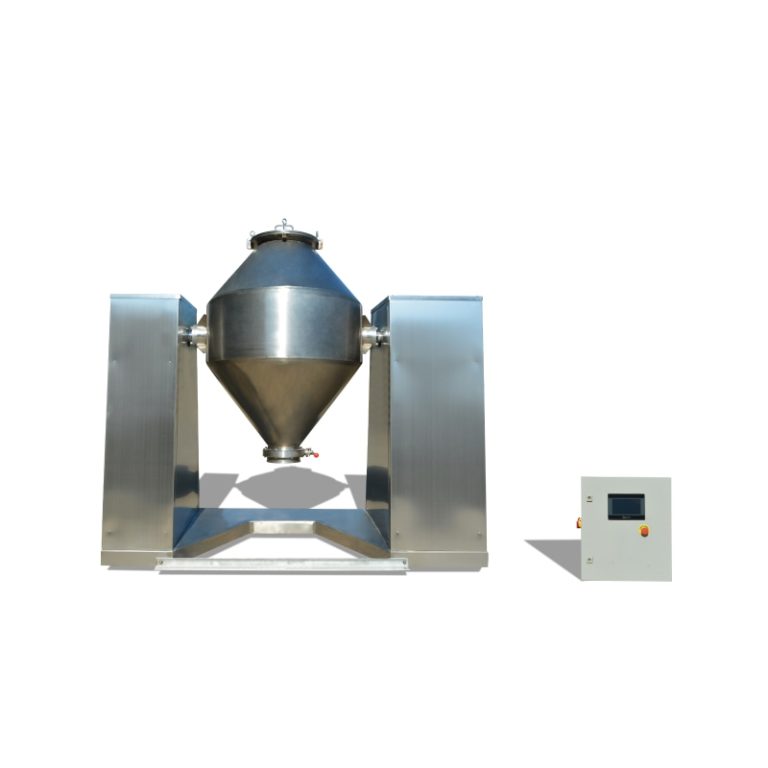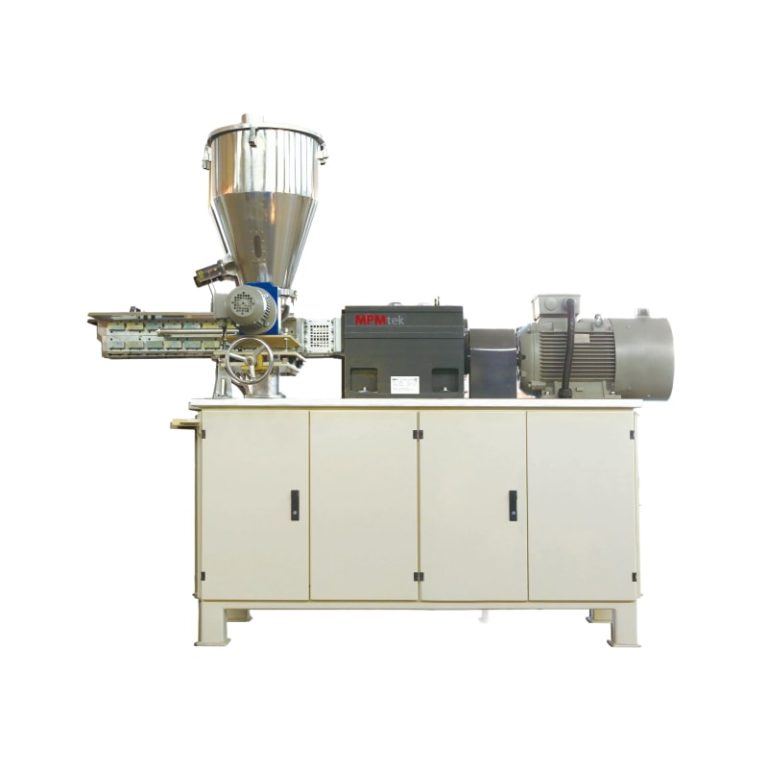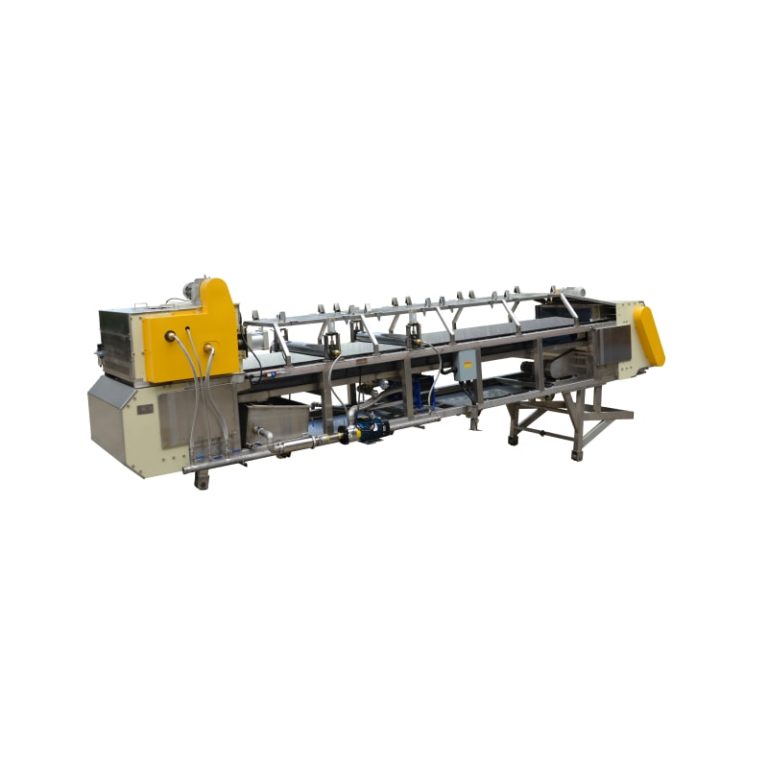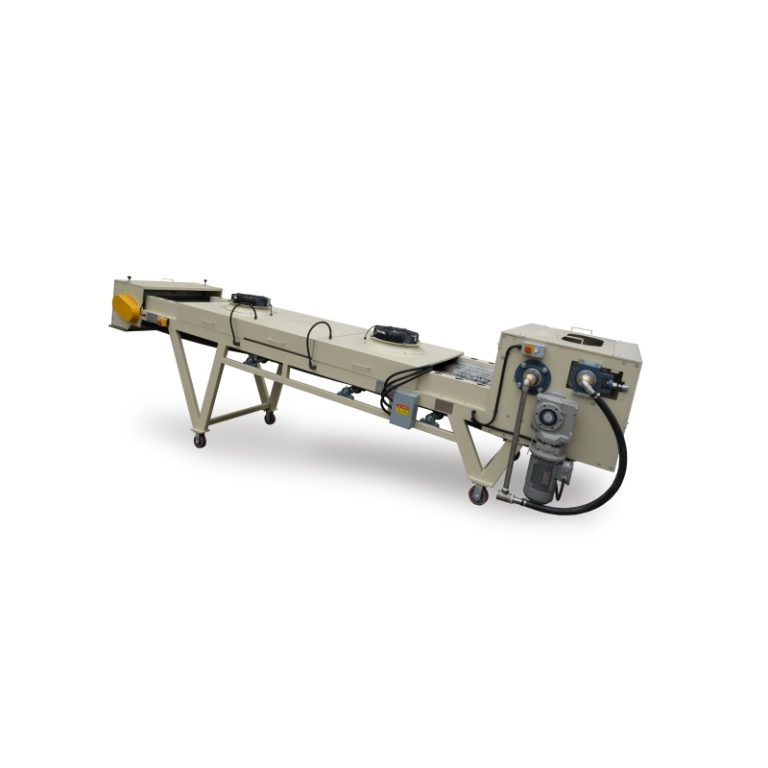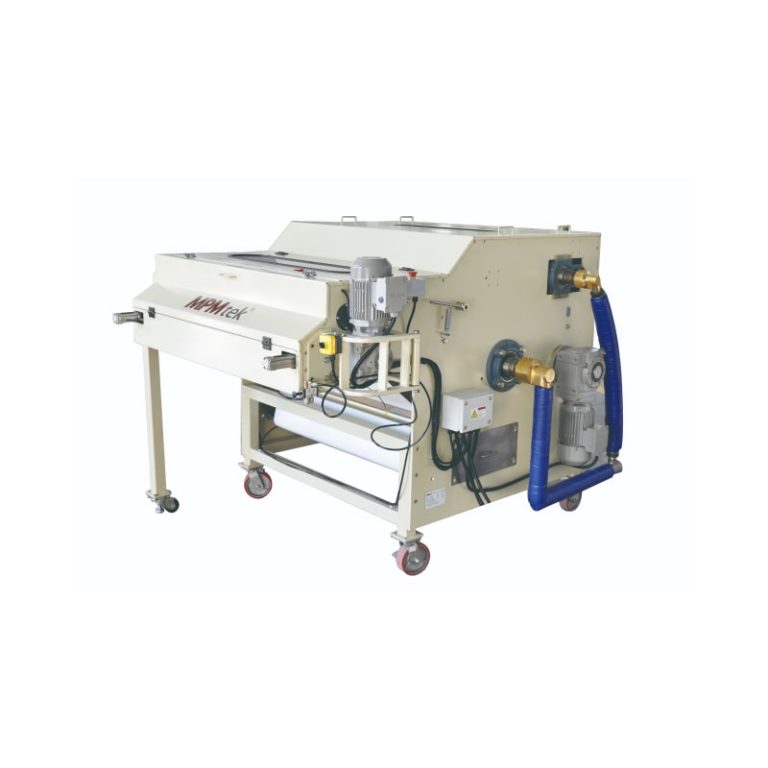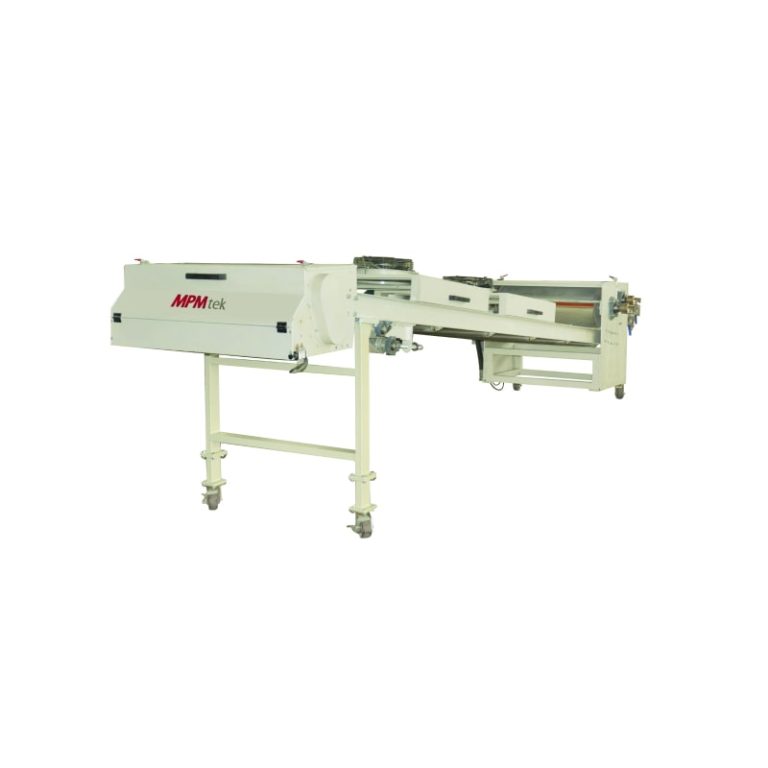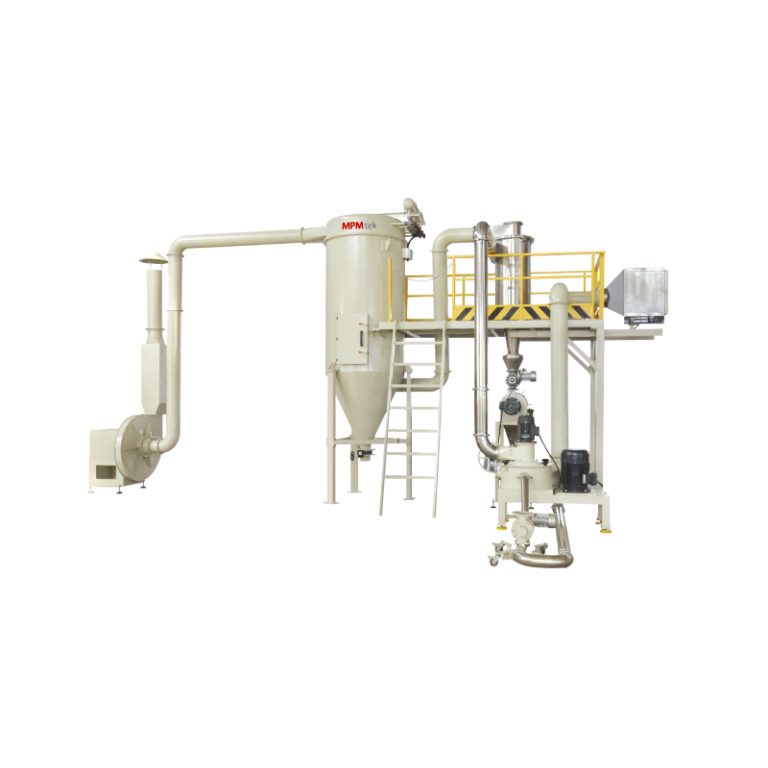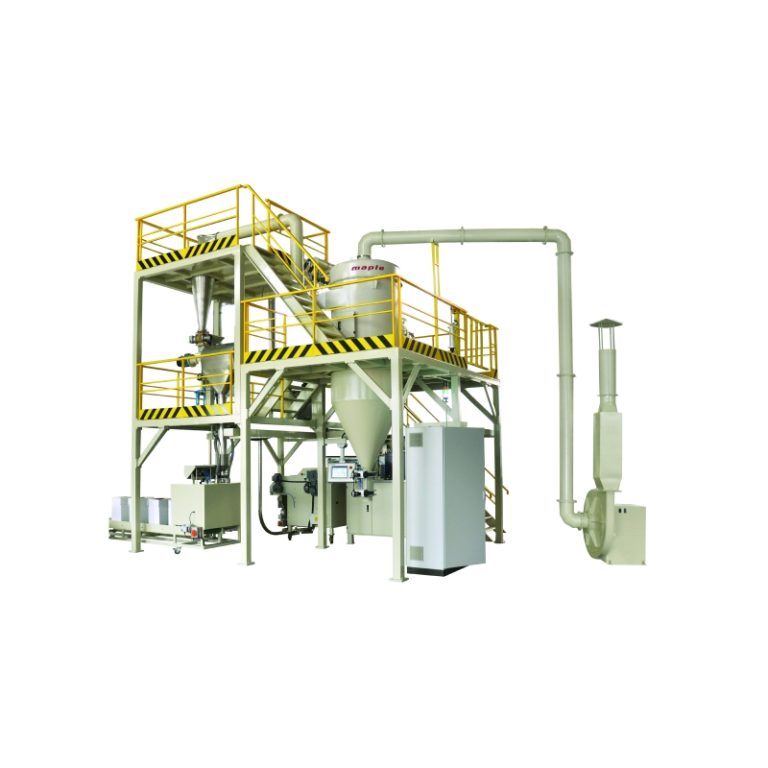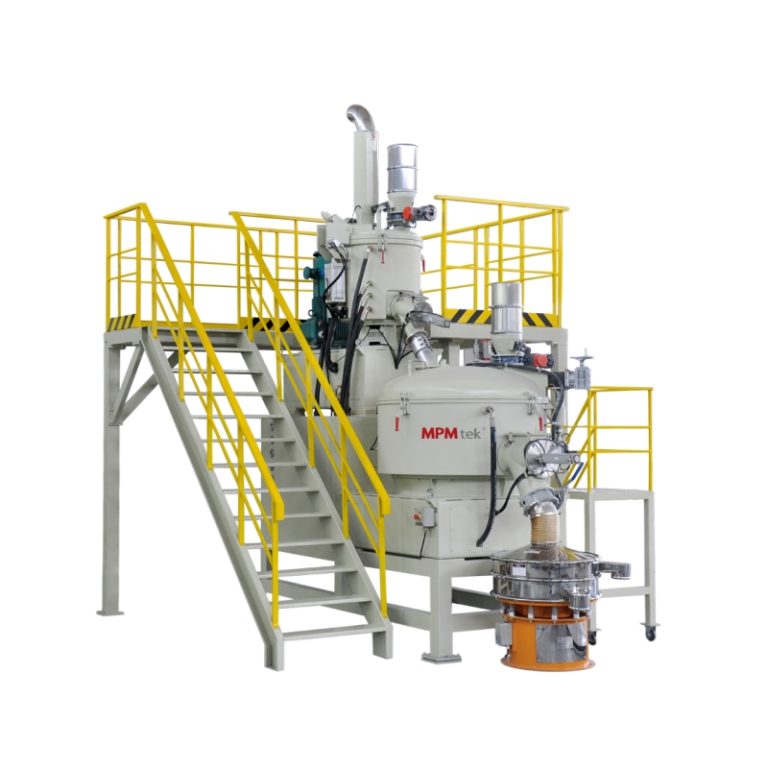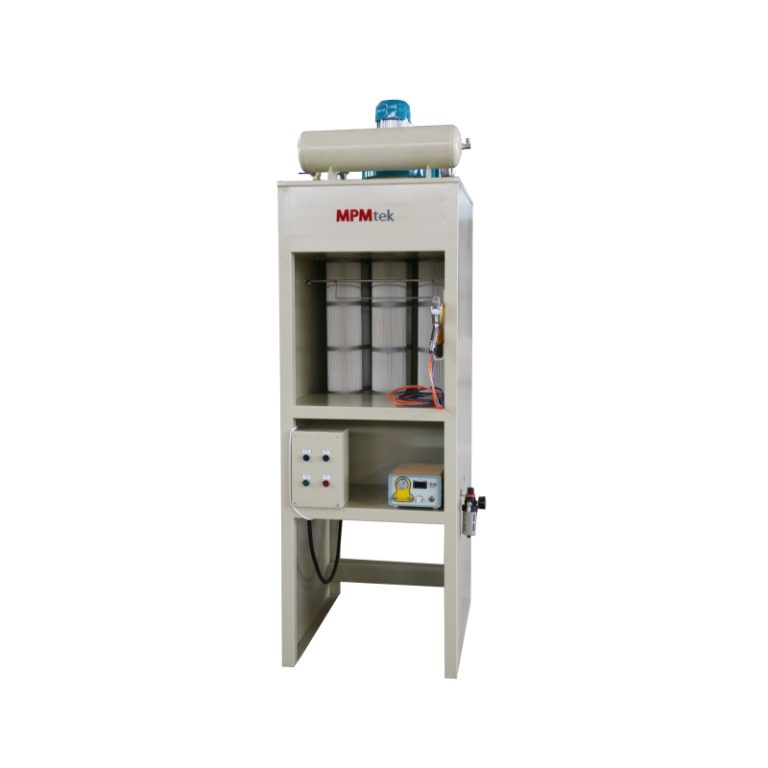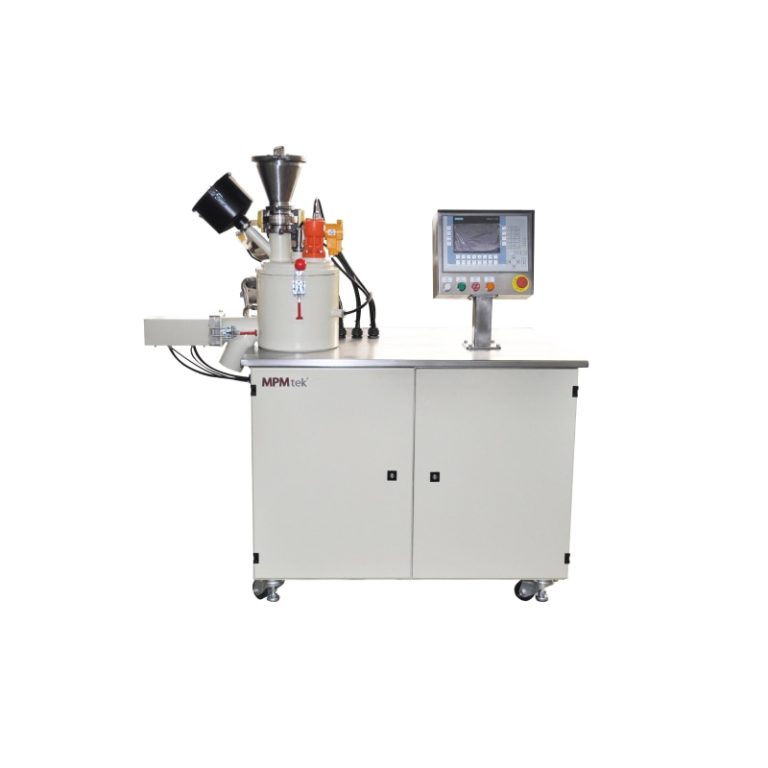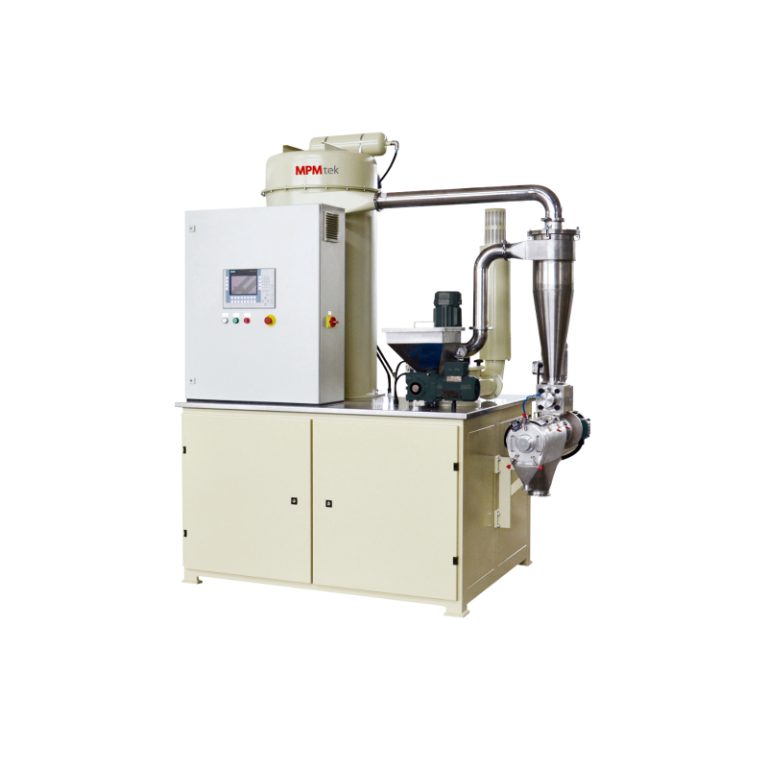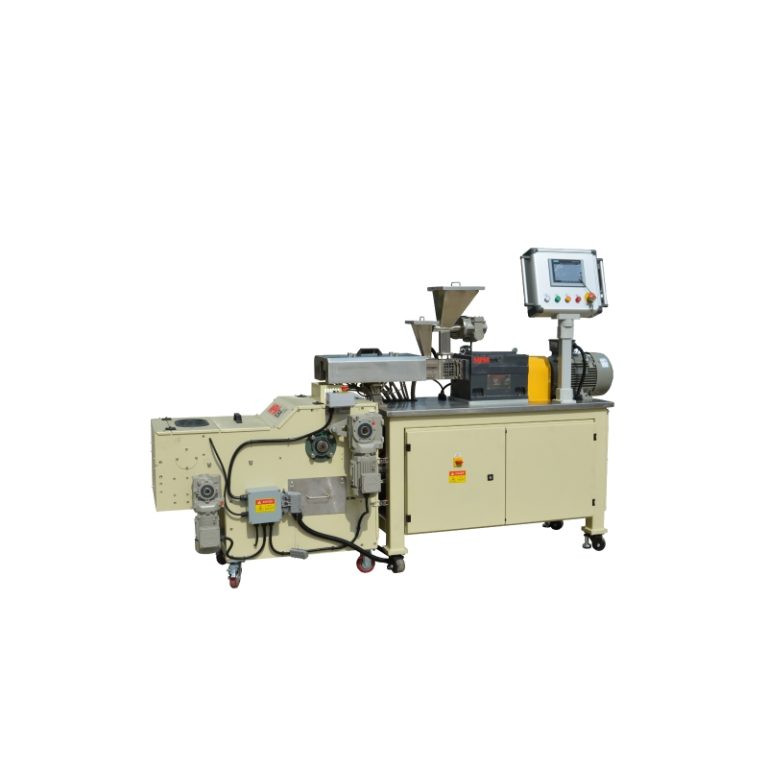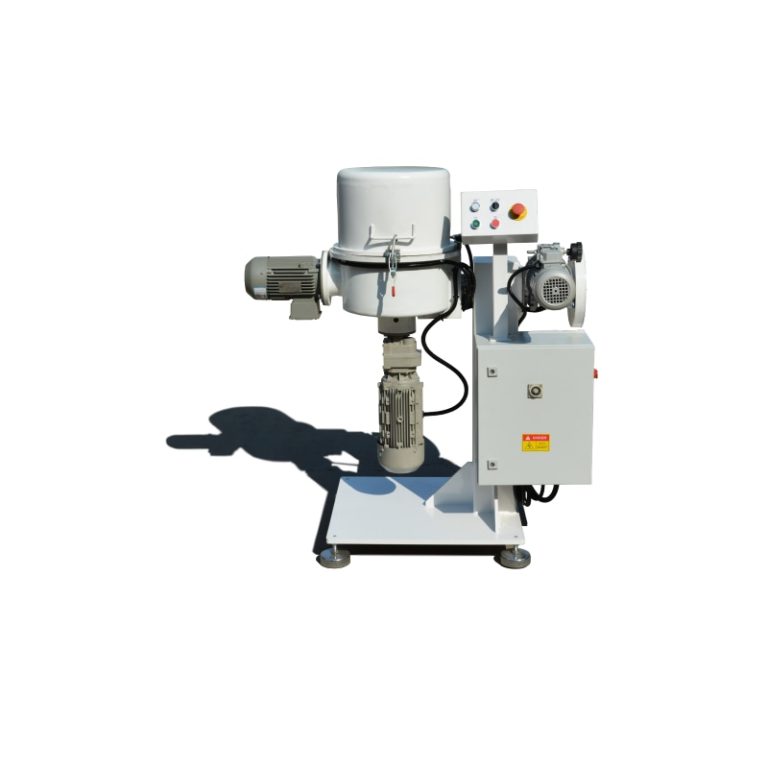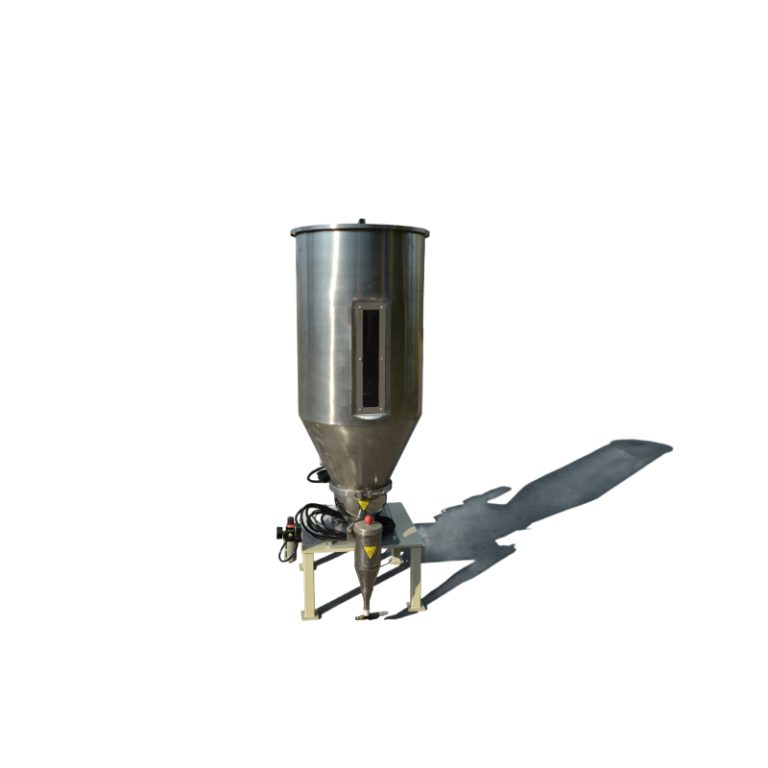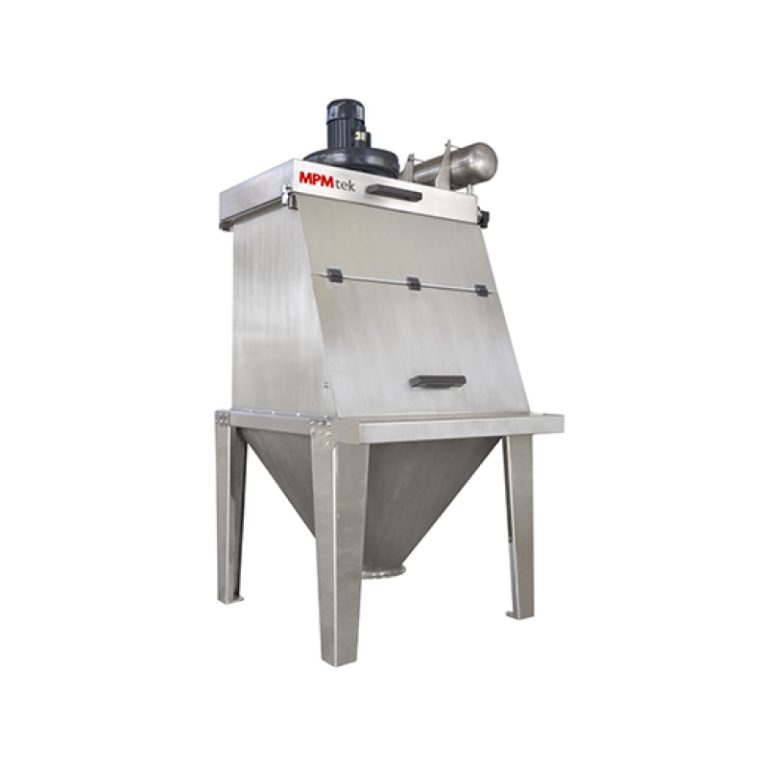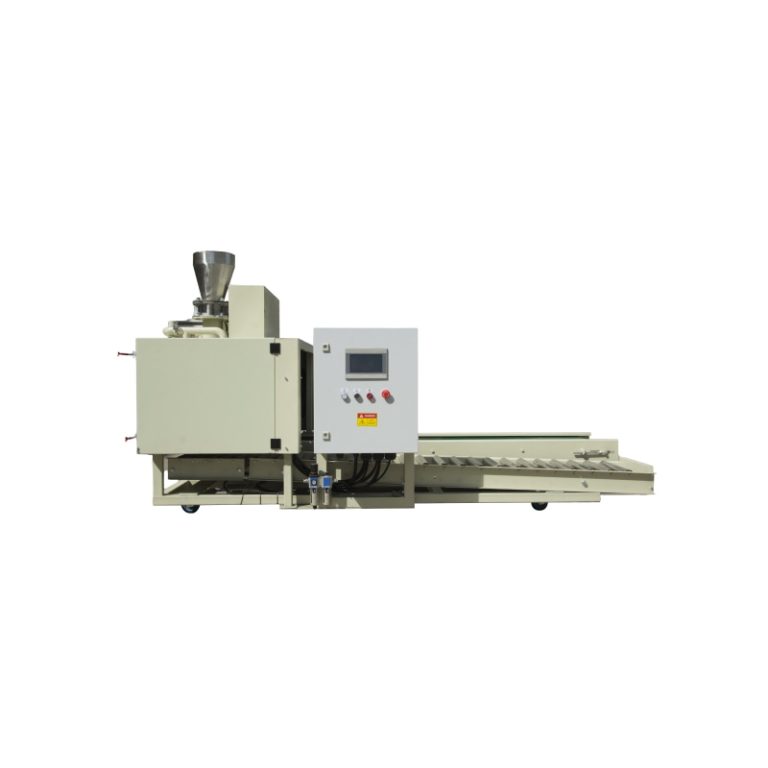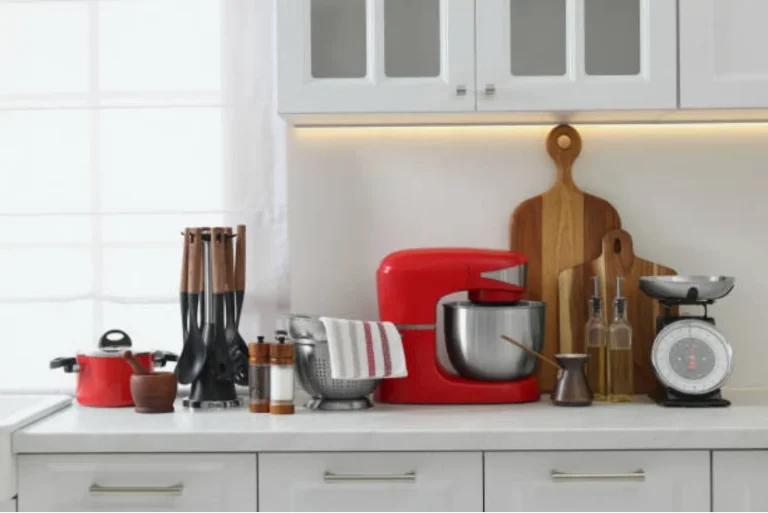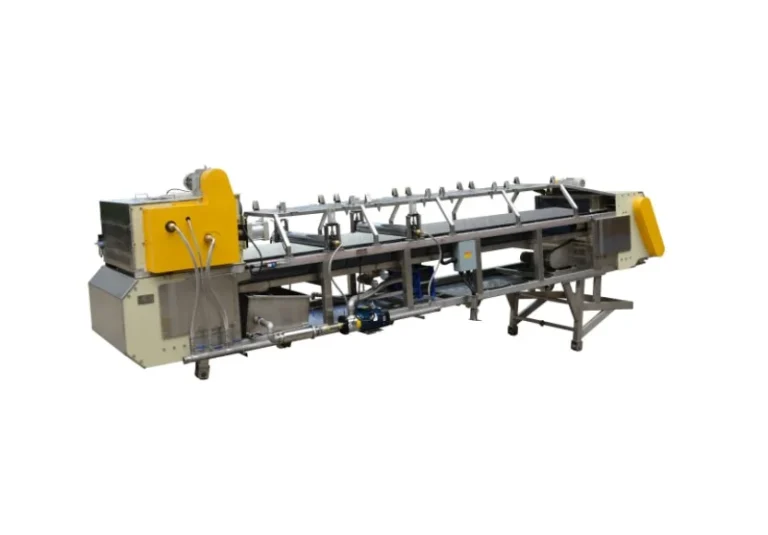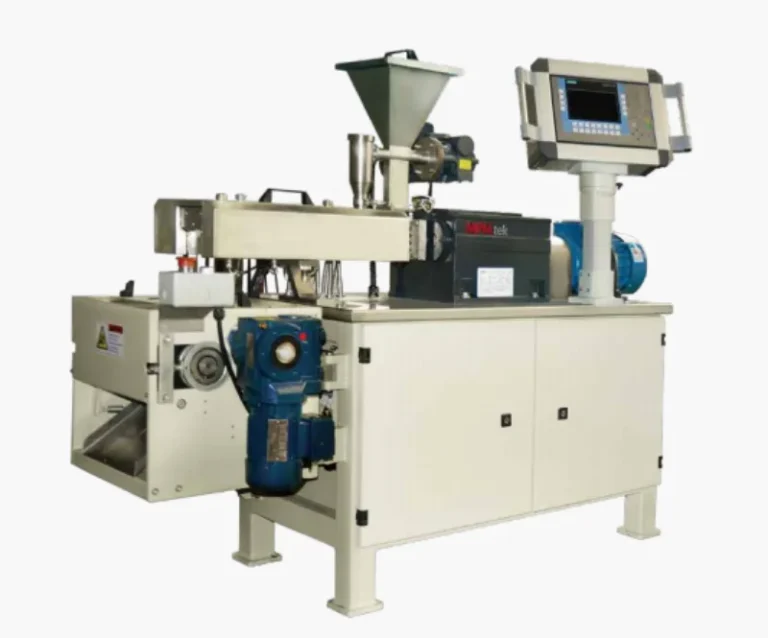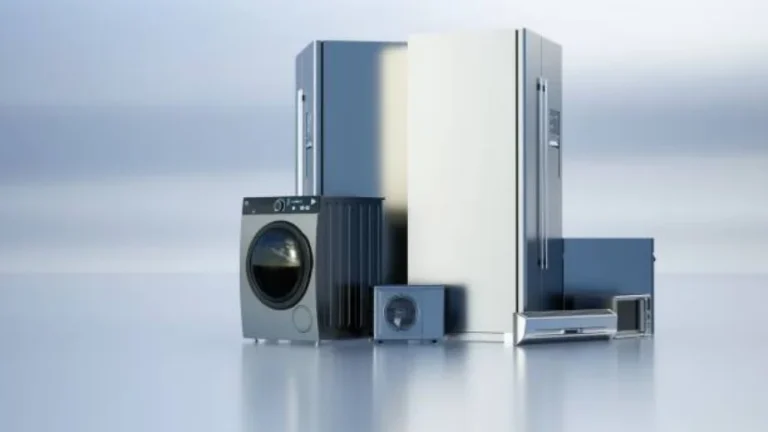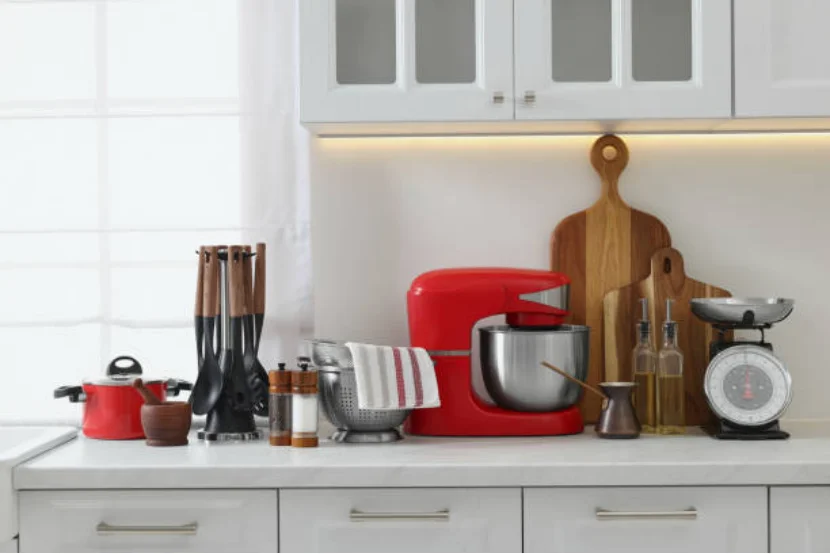
Is Powder Coating Food Safe?
Powder coating is popular because it’s strong, kind to the environment, and looks nice. But when it’s used on things that touch food—like kitchen tools, machines for making food, or drink equipment—people wonder: is powder coating food safe? Let’s explore this in a simple way.
Factors That Determine the Safety of Powder Coating for Food Contact
The safety of food safe powder coating depends on a few important things. The first is what the powder is made of. It must not have harmful chemicals or bad stuff like volatile organic compounds (VOCs). The powder is a fine mix of resin and color. Since it doesn’t use liquids, it avoids risks that come with paints that have solvents.
But being free of solvents doesn’t mean it’s automatically safe for food. The powder must follow strict rules from groups like the FDA (U.S. Food and Drug Administration) or EFSA (European Food Safety Authority). These groups list what’s okay to use on surfaces that touch food.
Role of Resin Types and Additives in Food Safety
The kind of resin in the powder matters a lot. Resins like epoxy, polyester, polyurethane, or mixed types have different traits. For food-safe uses, epoxy-polyester mixes are often picked. They resist chemicals well and have a smooth surface.
Additives are also key. These include things like flow helpers, hardening agents, or colors. All of them must be safe and meet food safety rules. Bad additives might leak into food or break down when heated.
Testing Methods for Verifying Food Contact Safety
To make sure a powder coating is safe for food, companies test it carefully. One test checks if anything from the coating moves into food. This is called a migration test. It’s done under specific conditions. Other tests look at how the coating handles heat or chemicals.
Certifications like ISO 22196 (for germ-killing ability), FDA 21 CFR, or NSF/ANSI Standard 51 show the coating is safe. These are important for places like big kitchens or food factories.
Characteristics of Food Safe Powder Coating
Essential Properties Required for Food-Grade Coatings
Food safe powder coating needs to have certain features:
- It must not be toxic.
- It should handle high heat well.
- It needs a smooth surface to stop germs from growing.
- It shouldn’t flake or chip when bumped or scratched.
These traits keep the coating strong and clean, which is vital for food safety.
Durability, Chemical Resistance, and Non-Toxicity Considerations
The coating must also resist chemicals. Good ones can handle soaps, cleaning sprays, or acidic foods without breaking down.
Non-toxicity isn’t just about the start. The coating must stay safe over time. It shouldn’t release bad stuff when it gets hot or wet.
Applications of Food Safe Powder Coating in Different Industries
Use in Commercial Kitchen Equipment and Appliances
Powder coatings are common in big kitchens where looks and cleanliness matter. They’re used on fridge panels, washer lids, air conditioner cases, dryer drums, dishwasher racks, and microwave insides. These surfaces stay smooth, resist stains, and are easy to wipe down. This is super important in professional kitchens.
Applications in Beverage and Food Processing Machinery
In places like drink bottling plants or meat factories, machines face high heat and strong cleaners. Food safe powder coating works great here. It’s strong against chemicals and tough enough for heavy use.
MPMtek’s ACM-07 Lab Scale Mill is a great example. It grinds materials precisely while keeping things clean. This is key when making new food-safe powders.
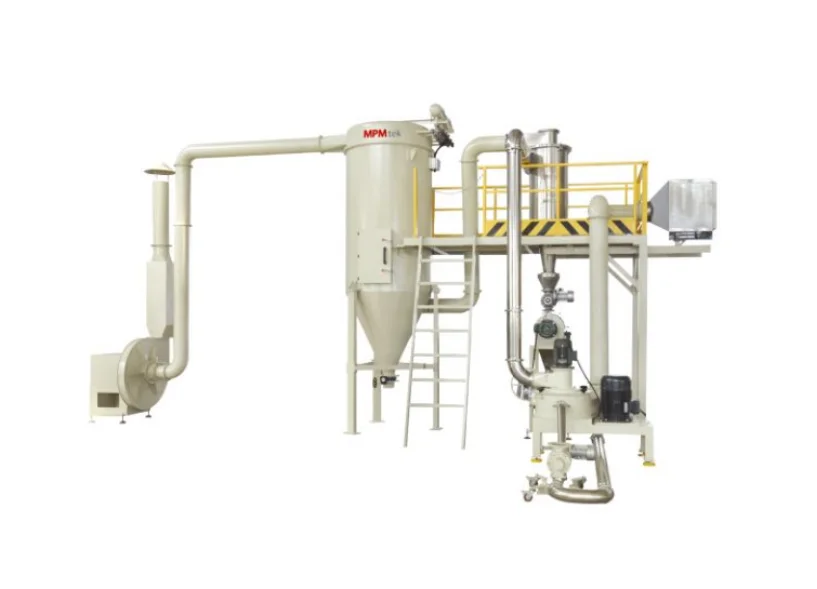
Choosing the Right Powder Coating for Food Contact Surfaces
Evaluating Manufacturer Certifications and Product Specifications
When picking a food safe powder coating, check the product details. Look for proof it follows rules like FDA 21 CFR 175.300 or EU Regulation No 10/2011. These cover materials that touch food.
Certifications like ISO9001 or CE show the product is reliable. MPMtek’s systems have passed ISO9001, CE, and Atex tests. This means they’re trusted by customers worldwide.
Importance of Working with Certified Suppliers
Choosing suppliers with certifications ensures steady quality. This is critical when moving from small tests to big production. MPMtek provides custom options, like the CCB Cooling Conveyor. It cools hot materials before they’re turned into chips, keeping them free of dirt.
Innovations in Powder Coating Technology for Food Safety
Developments in Eco-Friendly and Non-Toxic Formulations
New ideas have made powder coatings even safer. They’ve removed VOCs completely. The powder is just a fine blend of resin and color. This is safer for people using it and the planet.
Synthetic ester-based chain oils are another big step. They don’t evaporate much, even at high heat. Their special structure rarely clogs up, even above 220℃. This is great for ovens used in powder coating.
Role of Precision Equipment in Ensuring Consistent Quality
Good machines are vital for making safe coatings every time. MPMtek’s ACM-07 Lab Scale Mill helps test new formulas in small batches. The TSE-26 Twin Screw Extruder is perfect for lab work to find the best mix.
The Twin Screw Extruder also mixes materials evenly. It keeps temperatures steady within ±2°C. This is important for sensitive ingredients in food-safe coatings.
Maintenance and Longevity of Food Safe Powder-Coated Surfaces
Cleaning Procedures to Preserve Surface Integrity
Taking care of powder-coated surfaces is easy if you do it right:
- Use gentle soap and water.
- Don’t use rough tools that might scratch.
- Rinse well after using cleaners.
No special chemicals are needed. Regular soapy water works fine. Cleaning often keeps surfaces shiny and stops germs from growing.
Signs of Wear That May Affect Safety Compliance
Over time, even strong coatings might show wear. Look for fading, bubbling, or tiny cracks. These can happen if the surface faces harsh cleaners or gets scratched a lot. Such damage can let germs hide or release bits into food.
Check surfaces regularly as part of your routine. If they look worn, you might need to re-coat them.
Frequently Asked Questions (FAQ)
What makes a powder coating “food safe”?
A powder coating is food safe if it follows rules like FDA 21 CFR 175.300 or EU Regulation No 10/2011. It must be non-toxic, resist chemicals and heat, and have a smooth surface to stop germs. Migration tests prove it’s safe.
Can I use any type of powder coating on kitchen appliances?
No. Only coatings made for food contact are safe for kitchen tools. Check for certifications that show they meet health rules before using them.
How do I know if my supplier offers certified coatings?
Ask your supplier for proof of certifications like ISO9001 or CE, especially for food safety. MPMtek offers certified products backed by thorough testing. Their systems are trusted by customers everywhere.
Are there eco-friendly options available?
Yes! New coatings avoid VOCs and are very durable. This makes them safer for the environment and workers. No harmful chemicals are released during use.
Which MPMtek products support development of food-safe powders?
For small tests, use the ACM-07 Lab Scale Mill. For mixing, pick the TSE Twin Screw Extruder. The CCB Cooling Conveyor helps cool materials without contamination. All are made by MPMtek with precise controls for steady quality.
To learn more about solutions tailored to your needs, contact MPMtek today! Yuanli MPM Machinery Co., Ltd. offers custom services to meet your needs without cutting corners on quality or safety.

